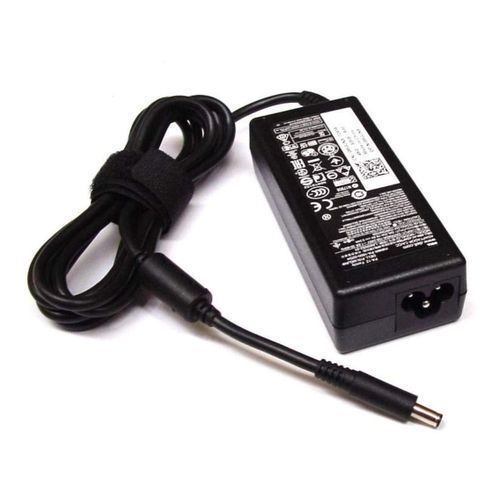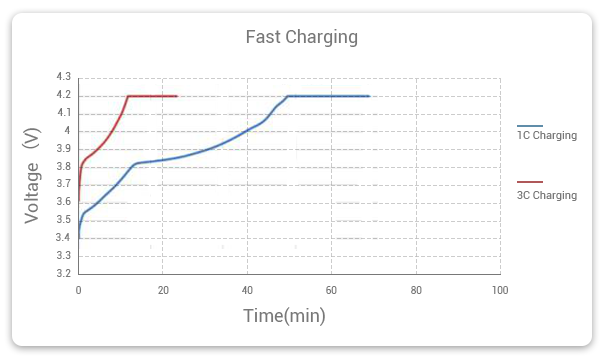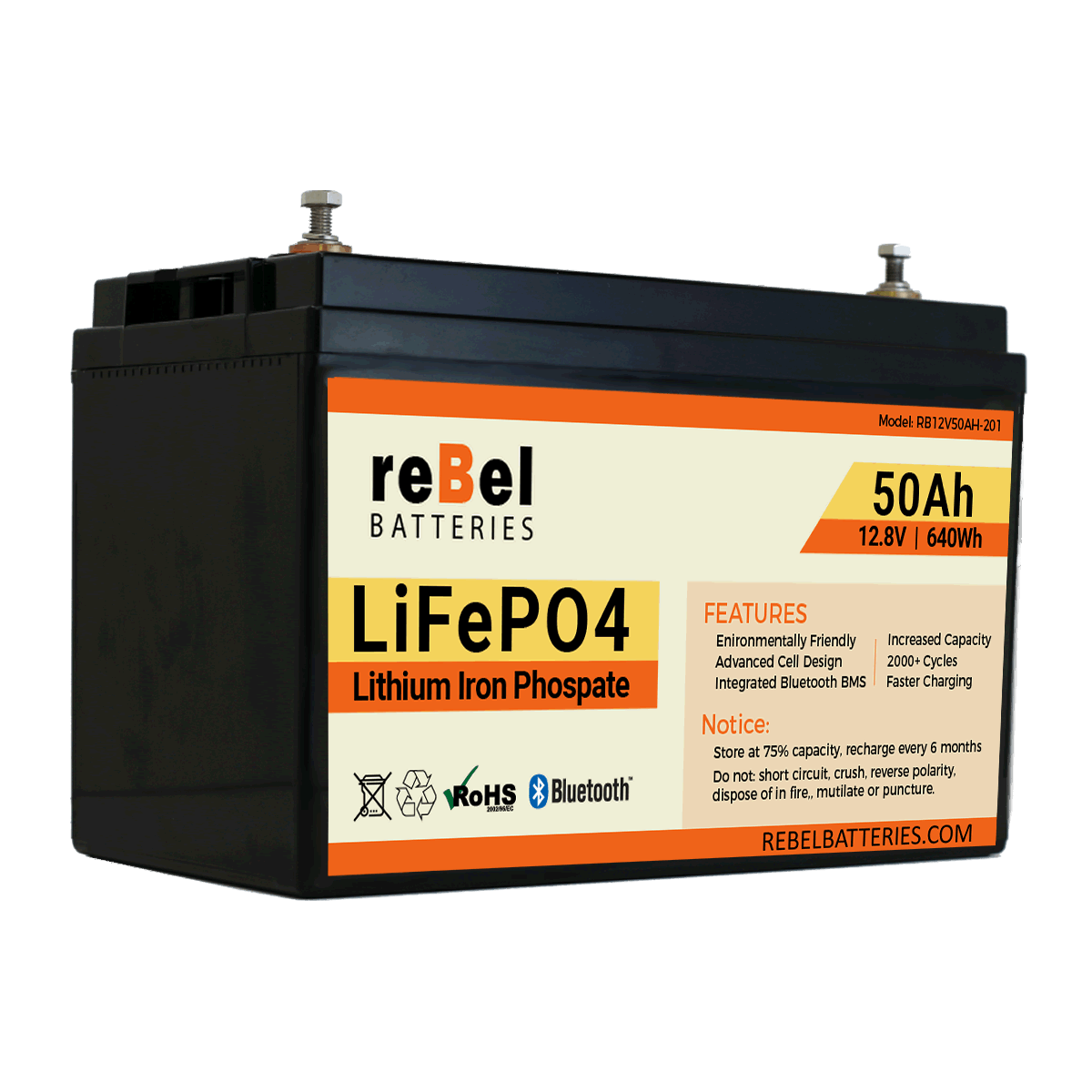Yes, a laptop charger can be used to charge a Lithium Iron Phosphate battery. But not by itself, you need to use an MPPT charge controller to make it work.
Example: Amazon $59 MPPT Charge Controller
Before I explain how, a disclaimer. Do this at your own risk. Laptop chargers were not intended to charge Lithium Iron Phosphate batteries, but, they are designed to provide a high current output for some time to charge a Lithium battery.
That being said, here's how to make this work. There are various types of laptop chargers. A lot of them use a two wire charger. Others use a three wire charger. The one I tried was a two wire charger from a Toshiba laptop. A three wire charger should work too, but I haven't tried one yet.
What you have to be sure of is that your charger is at least 19 volts, or the minimum voltage required by the MPPT charge controller. Some say something like, 19.5 volts. Even if yours is 20 volts it will still work. What you're going to do, is make the charge controller "think" that the laptop power supply is a solar panel pushing power into the controller.
All you have to do is connect the laptop charger output to the solar input on a MPPT charge controller and charge your battery. I don't have a PWM charge controller anymore so I don't know if this would work with one or not. Probably not though.
MPPT charge controllers are well regulated and can take a wide range of input voltages. With a MPPT charge controller a laptop charger works great and the MPPT controller will even convert the higher voltage to current for you. Here are my results.
Under a load the charger voltage was 18.4V and the current was 3.9 amps. On the charge side when the battery was completely discharged the voltage was 13.3V and the charge current was 5.2 amps. As the battery voltage rose the current varied slightly which was done by the controller.
The charger got quite warm just like it did when charging the laptop, but it didn't feel any warmer. Laptop chargers are designed to provide their max current for two or three hours. They then timeout and stop as they're designed to charge a Lithium battery in a laptop.
I would only suggest using one to charge batteries up to 12AH in capacity, or use them for topping off a larger battery. These chargers may have no problem being used this way under a continuous load, but considering they do get quite warm I wouldn't risk leaving one of these chargers under its max load for more than a few hours, and be sure the charger is out in the open so it can dissipate its heat.
In conclusion, my findings were a laptop charger can be a great alternative charger or a way to come up with a temporary charger if you need one if you already have a MPPT charge controller. If not, you can buy a charger for Lithium Iron Phosphate batteries that can provide a lot more charge current for less than a MPPT charge controller would cost you.



